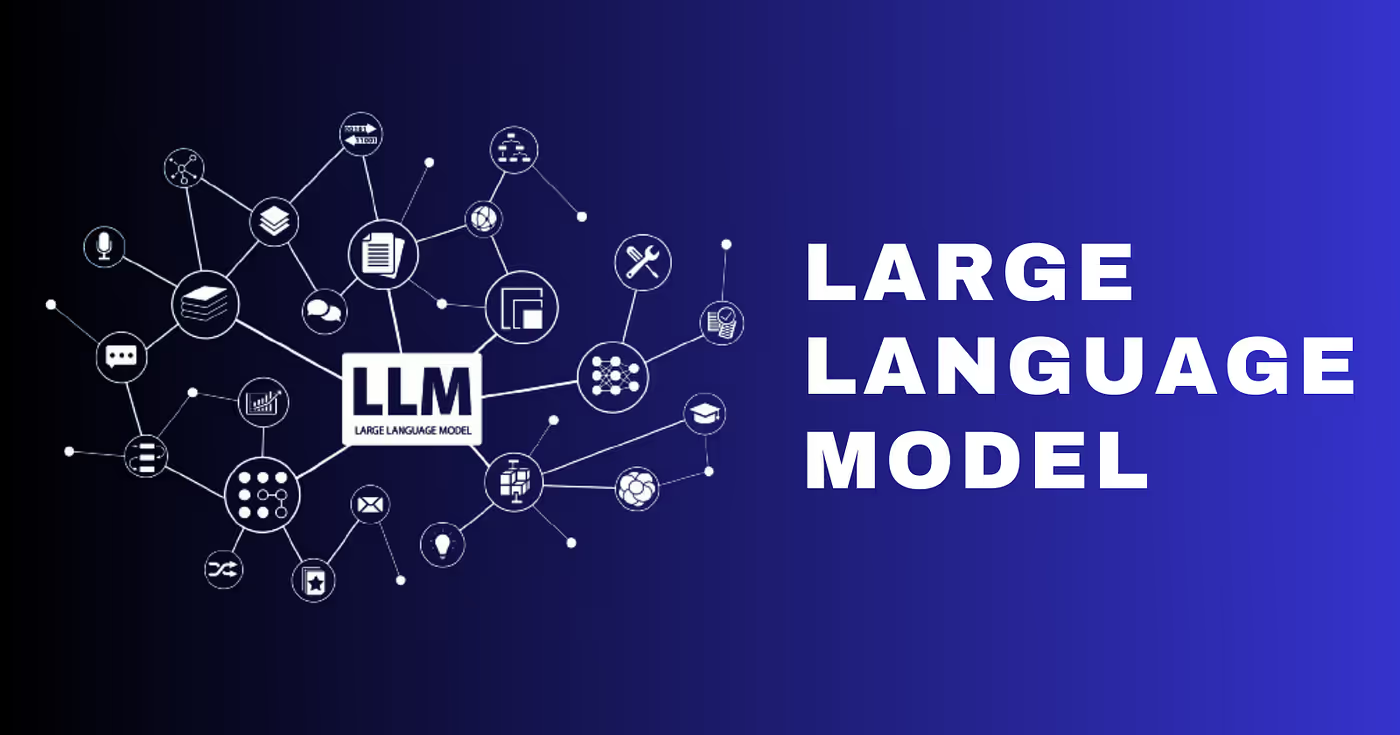What Is LLM? A Guide on Large Language Models explores how these powerful AI systems are reshaping the world of natural language processing (NLP). Large Language Models (LLMs) drive applications like text generation, sentiment analysis, and conversational AI. But how do they actually work? This guide dives into the foundations of LLMs, explaining their architecture, real-world uses, and answering key questions such as how does LLM training work. Whether you're a beginner or tech-savvy reader, this guide offers a clear path to understanding the impact and mechanics of LLMs.
What Is LLM? A Guide on Large Language Models and How They Work
A Large Language Model (LLM) is a type of AI model designed to understand and generate human language. Built on neural networks, LLMs use massive amounts of training data to learn language patterns, grammar, context, and semantics. These models are the backbone of many modern AI applications, from chatbots to machine translation systems.
LLMs work by leveraging deep learning techniques, specifically the transformer model, which enables them to handle vast amounts of text efficiently. The attention mechanism within transformers allows these models to focus on relevant parts of the input text, making them incredibly powerful for understanding and generating language.

How Large Language Models Work
At their core, LLMs are powered by neural networks, which are mathematical frameworks inspired by the human brain. Here’s how they function:
- Training Data: LLMs are trained on extensive datasets, including books, websites, and other text sources. The quality and diversity of the training data significantly impact the model’s performance.
- Transformer Model: Introduced in 2017, the transformer model is the foundation of most LLMs. It uses an attention mechanism to weigh the importance of different words in a sentence, improving contextual understanding.
- Bidirectional Learning: Models like Bidirectional Encoder Representations from Transformers (BERT) analyze text in both directions, understanding context more effectively.
- Generative AI: Models like the Generative Pre-trained Transformer (GPT) are designed to generate coherent and contextually accurate text, making them ideal for applications like text generation.
Key Features of LLMs
1. Fine-Tuned Models
LLMs can be fine-tuned for specific tasks. For instance, a general-purpose LLM can be customized to perform tasks like legal document analysis or medical diagnostics by retraining it on domain-specific data.
2. Contextual Understanding
Using the attention mechanism, LLMs can grasp the meaning of words based on their context, leading to more accurate and relevant responses.
3. Multitasking Capabilities
LLMs are versatile and capable of performing multiple tasks, such as sentiment analysis, text summarization, and writing code.
4. Scalability
These models can scale to handle billions of parameters, enabling them to process and understand extensive amounts of text data.
Applications of Large Language Models
LLMs have diverse applications across industries. Here are some of the most impactful use cases:
1. Conversational AI
LLMs are the backbone of chatbots and virtual assistants, providing human-like responses and understanding complex queries.
2. Sentiment Analysis
Businesses use LLMs to analyze customer feedback, social media posts, and reviews to gauge public sentiment.
3. Text Generation
LLMs can generate high-quality text for various purposes, including content creation, storytelling, and automated reporting.
4. Machine Translation
LLMs power language translation tools, enabling seamless communication across different languages.
5. Writing Code
By training on datasets of programming languages, LLMs can assist developers by suggesting code snippets or generating complete scripts.
Training Large Language Models
The process of training LLMs involves several steps:
- Data Collection: Gathering a diverse and extensive dataset is crucial. This data serves as the foundation for the model’s language understanding.
- Supervised Learning: In the initial phase, models are trained using supervised learning, where labeled data is used to teach the model specific tasks.
- Unsupervised Learning: For general language understanding, LLMs are trained on large-scale unlabeled text data to learn patterns and structures.
- Fine-Tuning: Once the model has a foundational understanding of language, it can be fine-tuned on task-specific datasets to enhance its performance in specialized domains.
The Role of Attention Mechanism
The attention mechanism is a groundbreaking concept that enables LLMs to focus on relevant parts of the input data. For example, in a sentence like “The cat sat on the mat because it was tired,” the model uses attention to understand that “it” refers to “the cat.” This capability is critical for maintaining context and generating coherent text.
Challenges and Limitations
While LLMs are powerful, they are not without challenges:
- Resource Intensive: Training and deploying LLMs require significant computational resources.
- Bias in Training Data: If the training data contains biases, the model may reproduce them in its outputs.
- Interpretability: Understanding why an LLM makes certain predictions or decisions can be difficult.
Future of Large Language Models
The development of LLMs is rapidly advancing, with researchers focusing on improving efficiency, reducing biases, and enhancing capabilities. Future models are expected to integrate more seamlessly into everyday applications, making AI-driven solutions even more accessible.
Conclusion
What Is LLM? A Guide on Large Language Models explores how Large Language Models have become essential to modern artificial intelligence, driving breakthroughs in natural language processing, generative AI, and beyond. Built on transformer architectures and powered by massive training datasets, LLMs can perform a wide range of tasks—from sentiment analysis to code generation. Their ability to understand and generate human-like text is reshaping how we interact with technology. While challenges remain, the continuous evolution of LLMs holds the promise of even more natural, intelligent, and effective AI-human communication.
By understanding the fundamentals and applications of LLMs, we can better appreciate their transformative impact on technology and society.
FAQs on Large Language Models
What is an LLM?
An LLM, or Large Language Model, is an AI model designed to understand and generate human language using deep learning and transformer models.
How do large language models work?
LLMs work by training on massive datasets and using mechanisms like the transformer model and attention mechanism to process and generate language effectively.
What is fine-tuning in LLMs?
Fine-tuning involves retraining a pre-trained LLM on domain-specific data to improve its performance for specialized tasks.
What are the applications of LLMs?
LLMs are used in text generation, sentiment analysis, conversational AI, machine translation, and even writing code.
What is the difference between BERT and GPT?
BERT is a bidirectional encoder model focused on understanding context, while GPT is a generative pre-trained transformer model designed for text generation.
What challenges do LLMs face?
Key challenges include high computational requirements, potential biases in training data, and difficulties in interpretability.


.avif)






.avif)